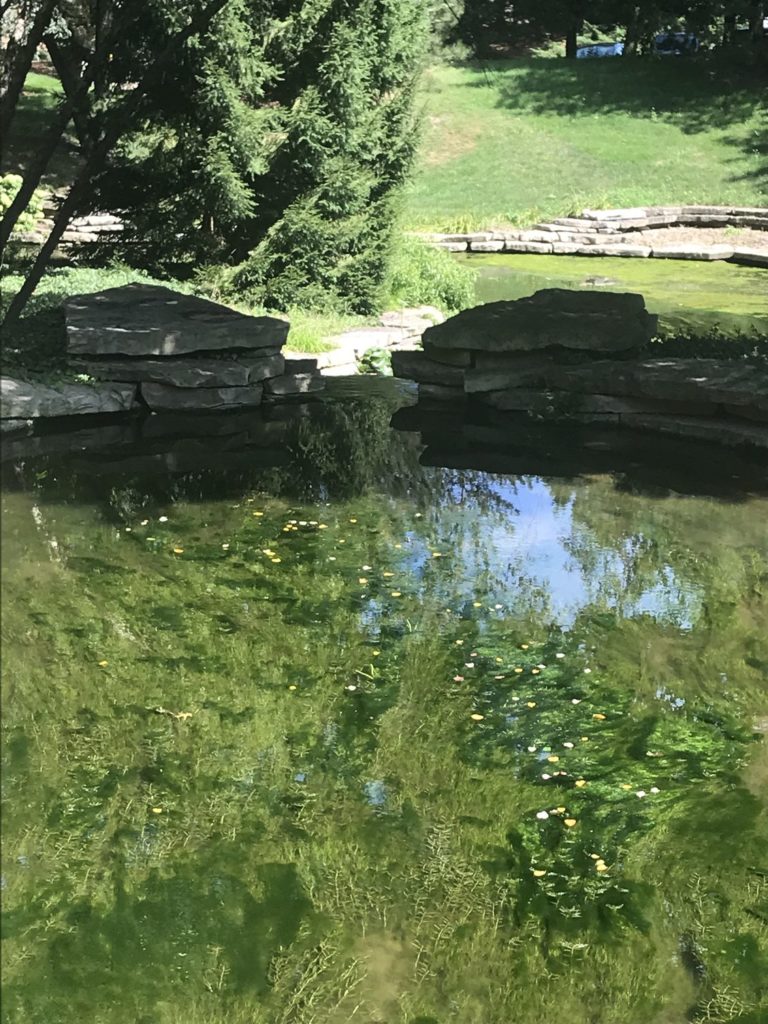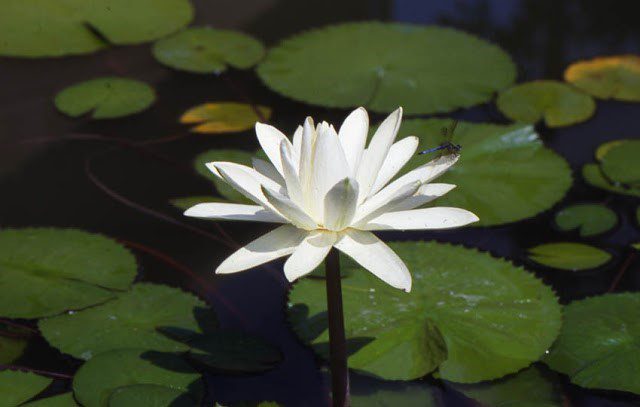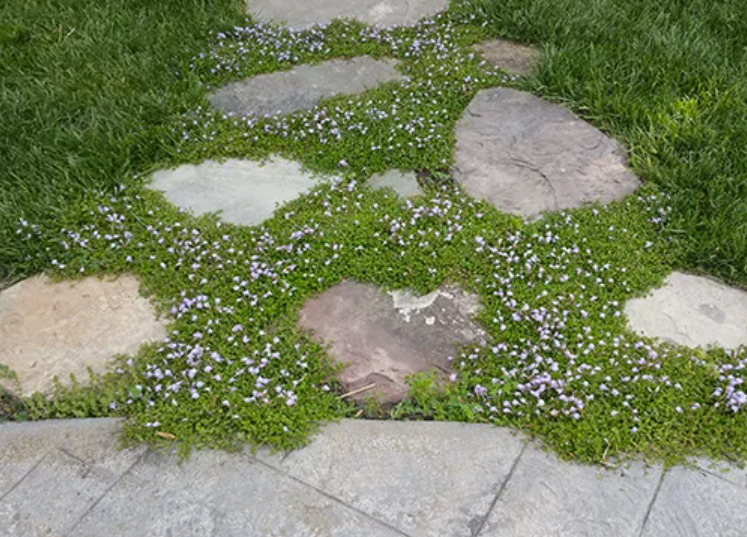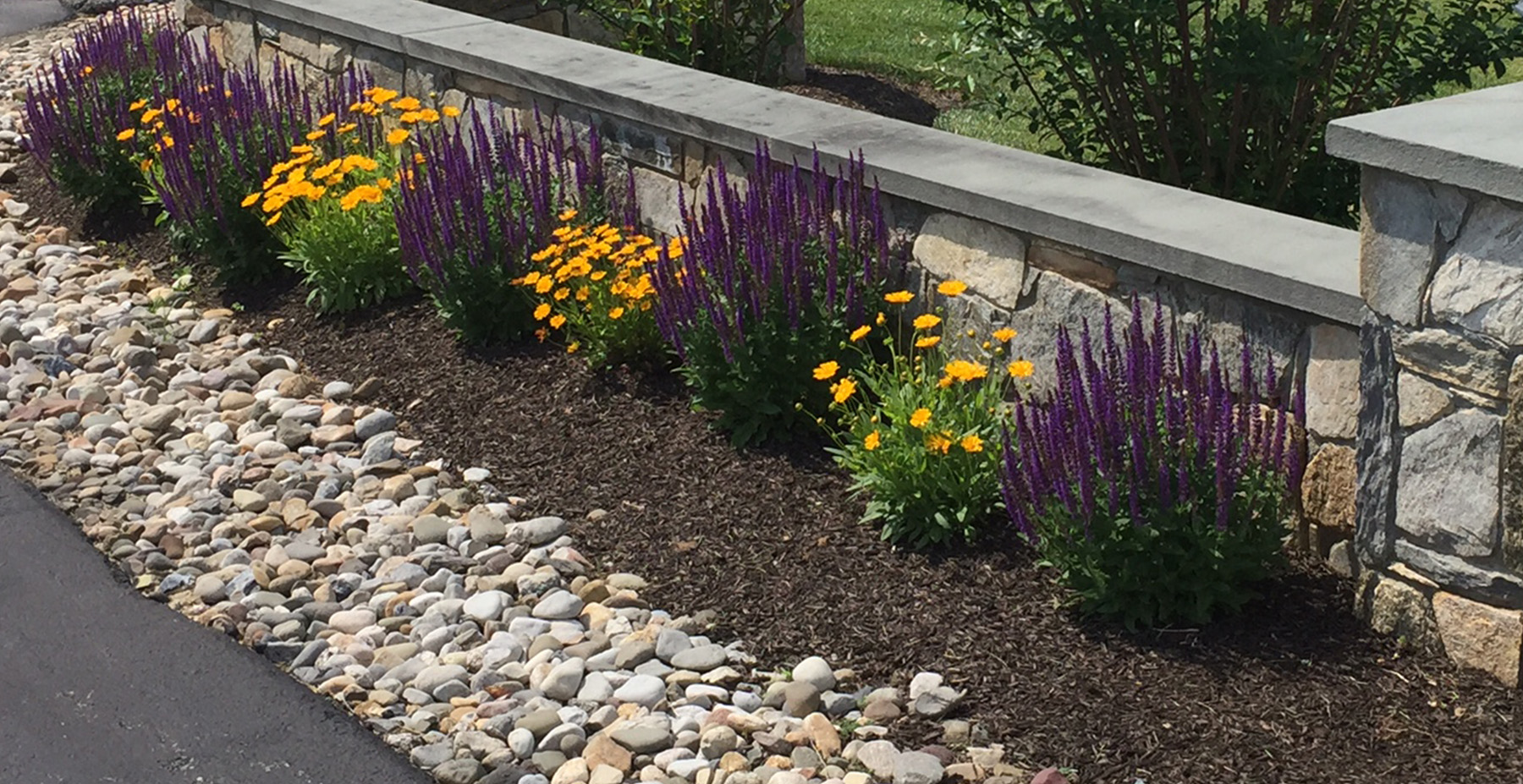Monthly Newsletter
How Do I Get Rid of String Algae?

It can be challenging to eliminate string algae. We recommend the following solutions:
1) Begin prevention before the algae starts to form by making sure you have enough plant material and fish in the pond. If you already have algae, first remove as much of the string algae as you can by hand and then add Aquascape SAB™ Stream & Pond Cleaner.
2) In addition, Aquascape’s IonGen system is uniquely designed to kill string algae particles and keep water clear.
3) And finally, pay attention to how often you are feeding your fish since too much food adds to excess debris and algae.
The Secret of Watering

Be sure to water your plants regularly, particularly during hot and dry periods. Water deeply and infrequently to encourage deep root growth, and consider using a soaker hose or drip irrigation system to deliver water directly to the roots.
Applying mulch around your plants can also help to retain moisture in the soil and reduce water loss due to evaporation.
White in the Water Garden

Everyone loves the pop of a pink lotus or bright yellow waterlily, but have you ever considered adding whimsical white to your water garden? White is the magical reflection of all colors and all wavelengths. If one of the colors is subtracted from white light, you see the complementary color.
For example, if yellow is subtracted from white light, you see blue. Nature is amazing and white aquatic plants certainly prove that point!
This breathtaking, night-blooming tropical Trudy Slocum water lily pictured will delight you as the sun sets on the horizon. Its crisp white petals play off the cool blue of the pond and deep green of the lily pads.
5 Suggestions for a Beautiful Garden

Pace yourself. It’s OK to take breaks. Split jobs over several days instead of one-day marathons. You may even be able to spread work into the off-season, such as clipping spent perennials or edging beds during the winter.
Zone it. Carve the landscape into zones (front, back, vegetable garden, etc.) and worry about just one of them at a time. Tackle each by priority. This breaks one mammoth job into a series of manageable small ones.
Get help. Hire out the toughest or most time-consuming jobs first. Spreading truckloads of mulch might be a good place to start.
Vary the work. Don’t overdo it repeating the same motion hour after hour. Do a little digging, a little weeding, a little watering. Variety reduces soreness, blisters and repetitive-motion injuries.
Simplify. Walk the yard and assess which plants or gardens are causing an unacceptable amount of work. Bite the bullet and replace them with plantings that need less care.








